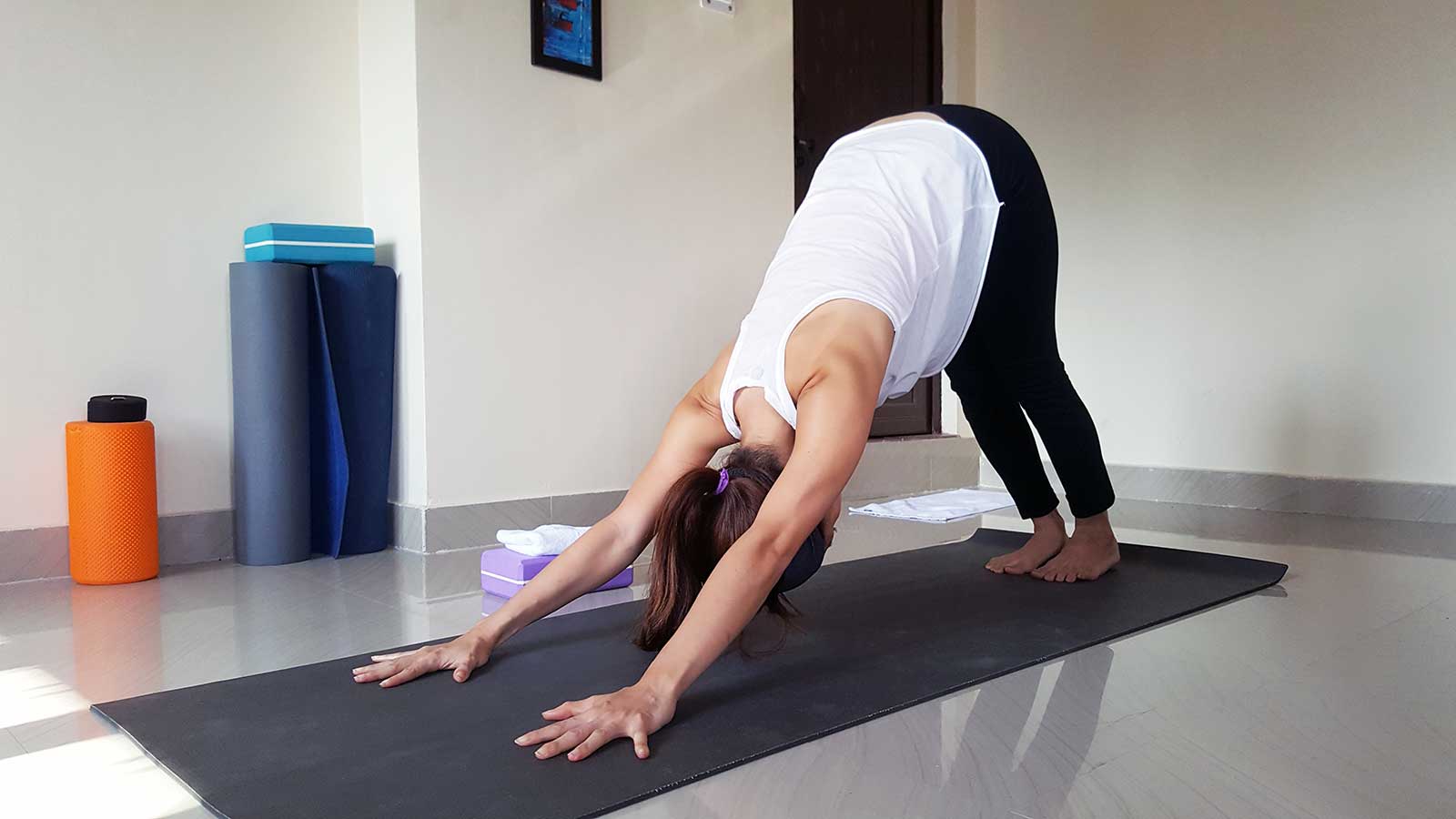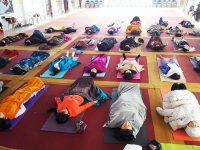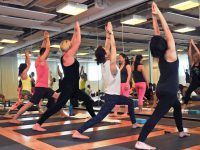
Classification of Yoga Postures
Classification of Yoga Postures
Traditional Classifications of Yoga Postures
Yoga postures, or asanas, have always been a cornerstone of yogic practice, deeply rooted in the ancient traditions of India. Asanas were originally developed not only to prepare the body for prolonged meditation but also to create harmony between the physical body, the breath, and the mind. Over time, the system of yoga evolved, and asanas became a sophisticated discipline of physical, mental, and spiritual development.
While different schools of yoga have their unique methods of categorizing asanas, the traditional classifications provide a holistic framework to understand the purpose and effects of these postures. Let us explore these categories in detail.
1. Standing Postures
Standing postures form the foundation of any yoga practice. These postures are often dynamic and serve as a starting point for building strength, stability, and flexibility. In traditional yoga, standing poses are considered essential for cultivating a grounded and balanced physical and mental state.
- Purpose:
Standing postures activate the lower body, including the legs, hips, and spine. They improve balance, posture, and alignment while strengthening the muscles and bones. These poses also enhance stamina and prepare the body for more advanced asanas. - Examples:
- Tadasana (Mountain Pose): The foundation of all standing poses, Tadasana cultivates awareness and alignment.
- Virabhadrasana I, II, III (Warrior Poses): These poses build strength, courage, and endurance.
- Trikonasana (Triangle Pose): This posture improves flexibility and opens the hips, chest, and shoulders.
Standing poses are often included at the beginning of a yoga sequence to warm up the body and establish a connection to the earth.
2. Sitting Postures
Sitting postures are integral to traditional yoga, as they are directly associated with meditation and pranayama (breathing practices). These postures allow the practitioner to sit comfortably for extended periods without strain, creating the ideal environment for inner stillness and mindfulness.
- Purpose:
Sitting postures focus on flexibility in the hips, knees, and lower back. They calm the nervous system, improve posture, and encourage a meditative state. Many of these poses are designed to align the spine, enabling the free flow of energy (prana) through the chakras. - Examples:
- Padmasana (Lotus Pose): A classic meditative pose that promotes physical stability and mental focus.
- Sukhasana (Easy Pose): A simpler cross-legged posture that is accessible to most practitioners.
- Baddha Konasana (Bound Angle Pose): This pose opens the hips and groin area, encouraging flexibility and ease.
Sitting postures are also used as a resting point during yoga practice, offering the practitioner an opportunity to center themselves.
3. Forward Bending Postures
Forward bends are a significant category in traditional yoga, as they encourage introspection and surrender. These postures involve folding the body forward, often targeting the hamstrings, lower back, and spine.
- Purpose:
Forward bends stretch and lengthen the back of the body while promoting relaxation and calmness. They are associated with letting go, releasing tension, and fostering humility. These poses also stimulate the abdominal organs, aiding in digestion and detoxification. - Examples:
- Paschimottanasana (Seated Forward Bend): A deep stretch for the spine and hamstrings that also calms the mind.
- Uttanasana (Standing Forward Bend): A grounding pose that relieves stress and stretches the entire back body.
- Balasana (Child’s Pose): A gentle forward fold that offers a sense of safety and relaxation.
Forward bends are often included in the middle or end of a practice to cool the body and bring the mind inward.
4. Backward Bending Postures
Backward bends, or backbends, are an essential component of traditional yoga. These poses involve arching the spine backward, creating a counterbalance to the forward-bending motions of daily life.
- Purpose:
Backbends open the chest, shoulders, and front of the body while strengthening the spine and core. They are energizing and invigorating, often associated with cultivating courage and resilience. These poses also stimulate the heart chakra (Anahata), encouraging emotional openness and connection. - Examples:
- Bhujangasana (Cobra Pose): A beginner-friendly backbend that strengthens the lower back and opens the chest.
- Urdhva Dhanurasana (Wheel Pose): A deep backbend that enhances flexibility and energy flow.
- Dhanurasana (Bow Pose): A posture that stretches the entire front body while strengthening the back muscles.
Backbends are often performed in the middle of a yoga sequence to energize the body and mind.
5. Twisting Postures
Twisting postures are a unique and dynamic category of yoga asanas. These poses involve rotating the spine, often combining forward or backward bending for a comprehensive effect.
- Purpose:
Twists detoxify the body by stimulating the internal organs, particularly the liver and kidneys. They improve spinal mobility, enhance digestion, and release tension in the back and shoulders. Twists also encourage mental clarity and focus. - Examples:
- Ardha Matsyendrasana (Half Lord of the Fishes Pose): A seated twist that improves spinal flexibility and digestion.
- Parivrtta Trikonasana (Revolved Triangle Pose): A standing twist that strengthens the legs and stretches the spine.
- Marichyasana (Marichi’s Pose): A seated twist that massages the abdominal organs.
Twisting postures are often included in the middle of a practice to invigorate the body and prepare for deeper asanas.
6. Inversions
Inversions are among the most powerful and transformative yoga postures. These poses involve reversing the body’s usual relationship with gravity, bringing the head below the heart.
- Purpose:
Inversions improve circulation, strengthen the upper body, and stimulate the endocrine and lymphatic systems. They are known for their calming effects on the nervous system, reducing stress and anxiety. Inversions also build confidence and encourage a new perspective on life. - Examples:
- Sarvangasana (Shoulder Stand): Known as the “queen of asanas,” this pose enhances thyroid function and promotes relaxation.
- Sirsasana (Headstand): Known as the “king of asanas,” this advanced inversion builds strength and focus.
- Adho Mukha Vrksasana (Handstand): A challenging pose that develops balance and concentration.
Inversions are typically practiced toward the end of a sequence to restore balance and prepare for relaxation.
7. Balancing Postures
Balancing postures are integral to traditional yoga, requiring a combination of physical strength, focus, and mental steadiness.
- Purpose:
Balancing poses enhance concentration, coordination, and core strength. They encourage mindfulness by requiring the practitioner to remain present in the moment. These postures also build self-confidence and resilience. - Examples:
- Vrksasana (Tree Pose): A simple balancing pose that improves stability and focus.
- Garudasana (Eagle Pose): A posture that enhances concentration and stretches the shoulders and hips.
- Bakasana (Crow Pose): An arm balance that develops strength and courage.
Balancing postures are often included throughout a yoga sequence to challenge and refine the practitioner’s focus.
8. Restorative Postures
Restorative postures are gentle and passive poses that emphasize relaxation and healing.
- Purpose:
These poses calm the nervous system, reduce stress, and promote deep physical and mental recovery. They are often practiced with the support of props to allow complete surrender and ease. - Examples:
- Savasana (Corpse Pose): The ultimate relaxation pose, practiced at the end of every yoga session.
- Supta Baddha Konasana (Reclining Bound Angle Pose): A gentle pose that opens the hips and calms the mind.
- Viparita Karani (Legs-Up-The-Wall Pose): A restorative inversion that soothes the body and mind.
Restorative poses are essential for integrating the benefits of the practice and cultivating a state of deep peace.
Conclusion
The traditional classification of yoga postures provides a comprehensive framework to understand the diverse aspects of yoga practice. Each category serves a unique purpose, addressing different dimensions of physical, mental, and spiritual well-being. By incorporating these postures into your practice, you can create a balanced and holistic approach to yoga, leading to greater self-awareness, inner harmony, and overall health.








